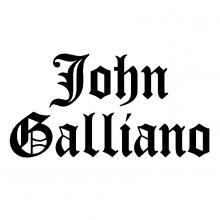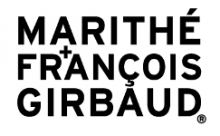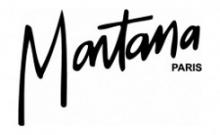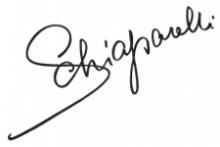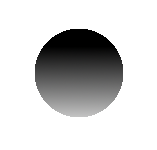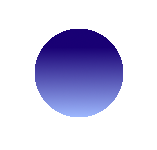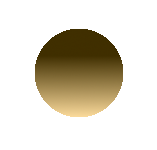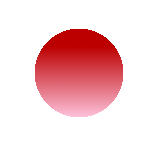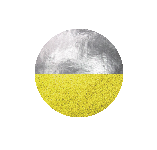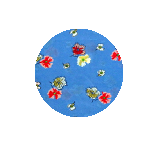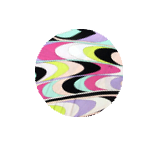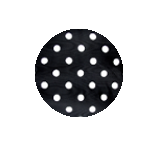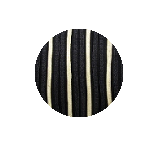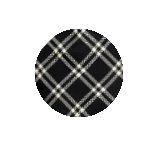Emmanuel Ungaro Haute Couture Ball or bubble Prototype Cape - Paris 1967
Collection 1967
France
An astonishing Ball or bubble cape by Emanuel Ungaro, the prototype for the 1967 Haute Couture show, a unique piece that was never marketed. Here, the French couturier was in tune with the futuristic times, following in the example of his colleagues such as Pierre Cardin's bubble dresses and the famous Babushka from Yves Saint Laurent's 1965 fashion show. . This egg-shaped cape allows both hands to pass to the side, and has a large collar folded down over the shoulders that can be turned into a hood with an internal ribbing to raise it over the head. The cape is made of blue and violet silk satin adorned with parallel tufts of tulle mounted on inner elastic, following the circular shape of the coat. These pleated ruchés are made up of three layers of tulle of different widths in gold and blue lamé, creating a chromatic effect of yellow crests on a cameo of blue, from lavender to violet! The seams on the inside reveal the pleats and the reverse side of the satin. A cotton bolduc from the runway show is stamped in Emanuel Ungaro ink, bearing the runway number 15 and handwritten number 67 for the year. Note a slight depigmentation of the blue satin tending to purple, otherwise the cape is stable and without damage to the seams. Good overall condition in terms of colour and conservation.
Dimensions: One size fits all, French size 38-42. Height 169 cm, bottom amplitude 52 cm, middle amplitude 248 cm.
Italian-born Emanuel Ungaro (1933-2019) began learning the tailoring trade with his father in Aix-en-Provence. Trained by Balenciaga, where he spent six years, followed by two years at Courrèges, he created his own label in 1965 and presented his first collection during the futuristic fashion trend, with very little money. His trademark was a mix of prints, bright shades and the art of draping. As a colourist, he juxtaposed polka dots, stripes and contrasting colours, playing on the superimposition of graphics and their dissonance. Emanuel Ungaro's flagship shop is located at the beginning of Avenue Montaigne in Paris. In the 1980s he was one of the big five names in Parisian haute couture. He ceased trading in 1996 when his company was bought by the Italian Ferragamo group.














